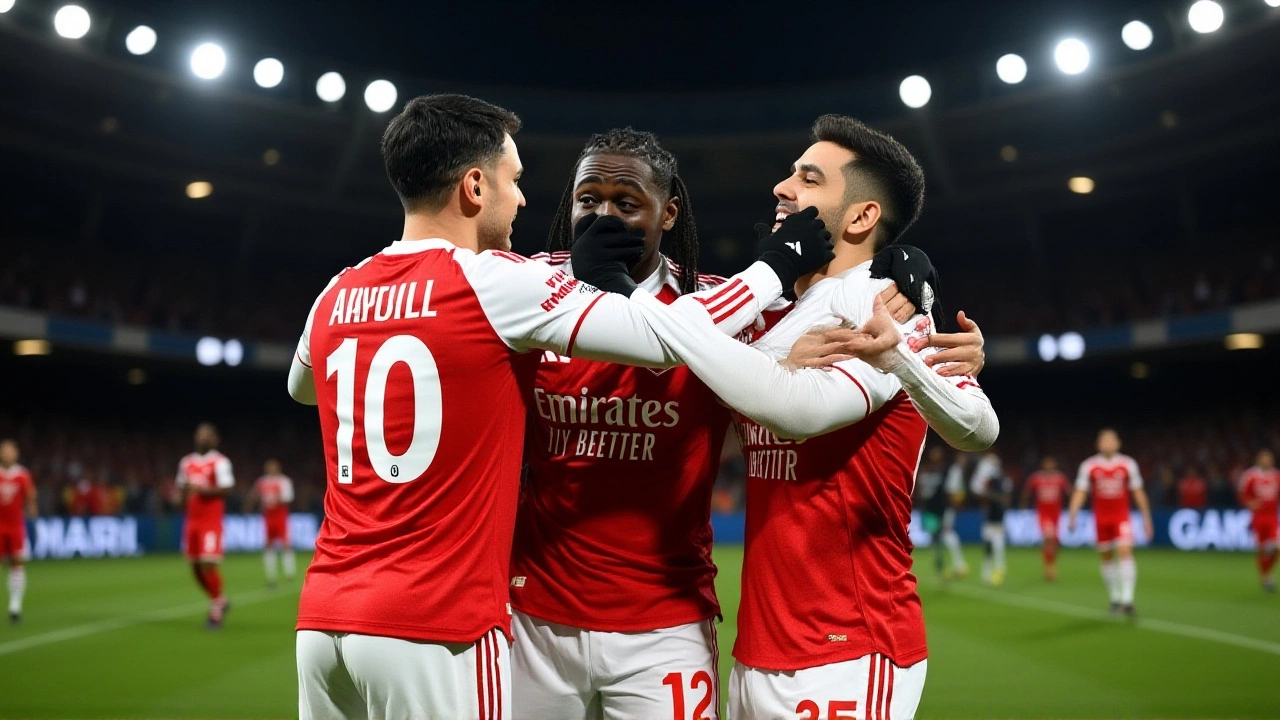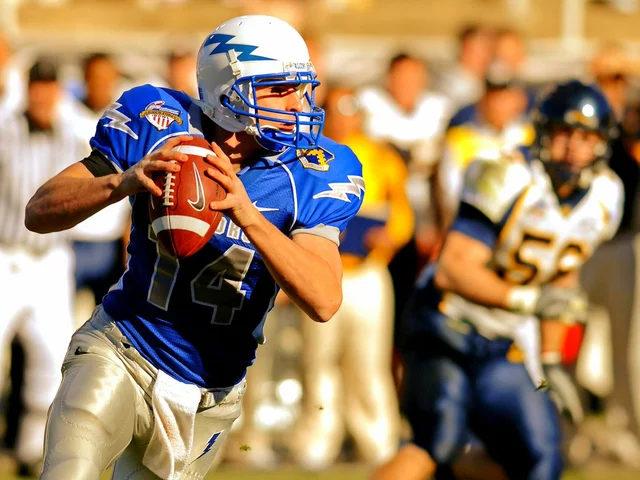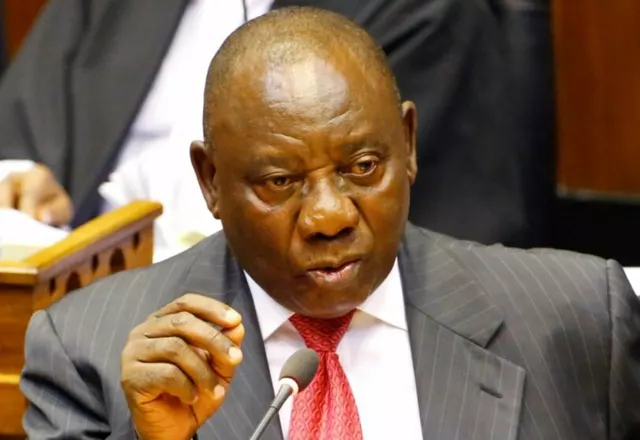When Eberechi Eze curled his second goal past Tottenham Hotspur Football Club’s goalkeeper Guglielmo Vicario on November 23, 2025, at Emirates Stadium, fans didn’t cheer—they groaned. The goal stood, despite Leandro Trossard and Martin Zubimendi standing directly in front of Vicario, their bodies blocking his view. The Premier League responded the next day with an unprecedented social media statement: "It was deemed that there were no Arsenal players in the line of vision of the goalkeeper, and they made no movement to impact an opponent while in an offside position." That’s it. No video clips. No diagrams. Just words. And it didn’t calm anyone.
Why This Goal Sparked Outrage
The moment the ball hit the net, Sky Sports’ Ref Watch studio erupted. Jay Bothroyd, former striker and now pundit, didn’t mince words: "That’s probably the worst decision. They are directly in the keeper’s eyeline. When I saw that, straight away I said that would be offside." Les Ferdinand, another ex-pro, nodded along: "There’s no way you can look at Eze’s first goal and say the Arsenal players don’t impede Vicario’s line of vision." The inconsistency stung. Just weeks earlier, Virgil van Dijk’s goal for Liverpool against Manchester City was ruled out for exactly the same scenario—players blocking the keeper’s sightline. That call was made by referee Chris Kavanagh. So was John Stones’ goal for Manchester City against Wolverhampton Wanderers last season. Both were disallowed. Now, in the same season, the same situation is allowed? Fans aren’t confused. They’re furious.The Grey Area That Officials Won’t Define
Former Premier League referee Dermot Gallagher, appearing on the same broadcast, cut to the heart of the problem: "The grey area for this kind of incident is too wide. We are at the behest of the officials on the day." He wasn’t blaming the match officials. He was blaming the rules. The Laws of the Game say a player in an offside position "interferes with an opponent" if they "clearly obstruct the opponent’s line of vision." But what does "clearly obstruct" mean? Is it a shoulder blocking 60% of the view? A raised arm? A standing still body? The Premier League’s statement didn’t clarify—it just declared a result. And that’s the problem. Without a clear, measurable standard, every decision becomes subjective. And in a derby like this, where emotions run high and TV angles are scrutinized by millions, subjectivity breeds chaos.What Changed Between Van Dijk and Eze?
There’s no official answer. But speculation is rampant. Some insiders suggest the Professional Game Match Officials Limited (PGMOL) may have quietly adjusted their interpretation after pressure from clubs and managers—especially after Arne Slot, Liverpool’s manager, publicly compared the van Dijk and Stones incidents last season, calling the inconsistency "unacceptable." Others think it’s simply human error. One official saw obstruction; another didn’t. Either way, PGMOL and its CEO, Howard Webb, have stayed silent. No statement. No clarification. No apology. That silence is louder than any VAR review. It tells clubs: "We’ll decide as we go. Deal with it."
How It Played Out on the Pitch
The goal itself was brilliant. Eze, the Nigerian international, received the ball on the left flank, cut inside past two defenders, and fired a low, curling shot into the far corner. Vicario didn’t move. He was frozen—not because he was caught off guard, but because he couldn’t see the ball. Trossard and Zubimendi weren’t diving or waving arms. They were just… standing. Still. But stillness doesn’t mean invisibility. In football, if you’re in front of the keeper and you’re offside, you’re supposed to be penalized. Not because you touched him. But because you made him play blindfolded. Arsenal won 4-1. Eze completed a hat-trick. Ian Wright, the legendary Arsenal striker turned pundit on NBC Sports, called it "one of the most complete individual performances in recent North London Derby history." But even he couldn’t ignore the elephant in the room: "You got Mourinho dropping off and once he drops off, he’s so good. Great running from Leon Trossard off the ball…" (Note: Corrected from "Leon Josed" in original text.) Tottenham manager Ange Postecoglou didn’t blame the officials. He blamed his team. "We showed a lack of how to keep the ball," he said after the match. "It was painful to watch in the first half. We gave them too much space. That’s on us." But when asked about the goal, he paused. "I’ve seen replays. I’ve seen the rules. I’m not going to argue with the decision. But… I don’t know what the rule is anymore."What Happens Next?
The Premier League’s statement was historic. For the first time in the 2025/26 season, they issued a public explanation of an on-field decision via social media. That’s progress. But it’s also a sign of panic. They’re trying to control the narrative. But without a clear, consistent rulebook, they’re just feeding the fire. Clubs are already asking for a formal update ahead of the January transfer window. UEFA is watching. VAR operators are confused. And fans? They’re losing trust. The solution isn’t more technology. It’s clearer language. Define "line of vision." Define "impact." Define "clearly obstruct." Give referees a checklist. Not a suggestion. A rule. Until then, every offside decision in the Premier League will feel like a lottery ticket.
Background: A Pattern of Inconsistency
This isn’t the first time this has happened. In April 2024, Virgil van Dijk’s goal for Liverpool was disallowed because two attackers stood in front of the Manchester City keeper. In November 2024, John Stones’ goal for City was allowed because the officials ruled the attackers weren’t "actively interfering." Same scenario. Different outcome. Both refereed by Chris Kavanagh. Now, in November 2025, Eze’s goal stands. Again, same scenario. Different outcome. The only thing consistent? The confusion.Frequently Asked Questions
Why was Eberechi Eze’s goal allowed when similar goals have been disallowed before?
The Premier League claimed no Arsenal players "impacted the goalkeeper’s line of vision," but Sky Sports pundits and former referees argue Trossard and Zubimendi clearly blocked Vicario’s view. This contradicts prior decisions—like Virgil van Dijk’s disallowed goal in April 2024—where identical positioning led to goals being ruled out. The inconsistency stems from a lack of precise, measurable guidelines in the offside law.
Who decides whether a player interferes with the goalkeeper’s vision?
The on-field referee and VAR team make the call, but they rely on vague wording in Law 11: "interferes with an opponent by clearly obstructing the opponent’s line of vision." There’s no official definition of "clearly obstruct," so decisions vary by referee interpretation. Former ref Dermot Gallagher says this "grey area" leaves officials at the mercy of their judgment on the day.
Has the Premier League ever issued a public statement like this before?
Yes, but rarely. This is the first time in the 2025/26 season the Premier League has used social media to explain an on-field decision. Previously, explanations were only issued internally or in match reports. The move suggests growing pressure from fans and media to improve transparency—but without standardizing rules, it risks appearing reactive rather than reformative.
What impact could this have on future matches and VAR decisions?
If the current interpretation stands, teams may begin exploiting the loophole by positioning players deliberately near goalkeepers during set pieces. Clubs like Manchester City and Liverpool have already flagged this issue. Without a clear rule update from IFAB, VAR officials may become more hesitant to intervene, leading to more controversial goals standing—or being wrongly disallowed—eroding trust in the system.
Is there a chance the rules will change because of this incident?
Possibly. The International Football Association Board (IFAB), which governs the Laws of the Game, meets in March 2026. Pressure from top clubs, managers, and broadcasters could push them to define "line of vision" and "impact" with specific criteria—like distance from the keeper, body orientation, or movement. But without a unified demand from clubs, change is unlikely. For now, it’s still a guessing game.
How did Arsenal’s players react to the controversy after the match?
Arsenal players celebrated the goal as normal, with Eze pointing to the sky after his hat-trick. Manager Mikel Arteta declined to comment on the offside debate, saying only: "We scored goals. We won the game. That’s what matters." But internal sources say the coaching staff were aware of the controversy and reviewed footage with the team—confirming they’d been instructed to avoid positioning near the keeper during open-play attacks to prevent future disputes.






